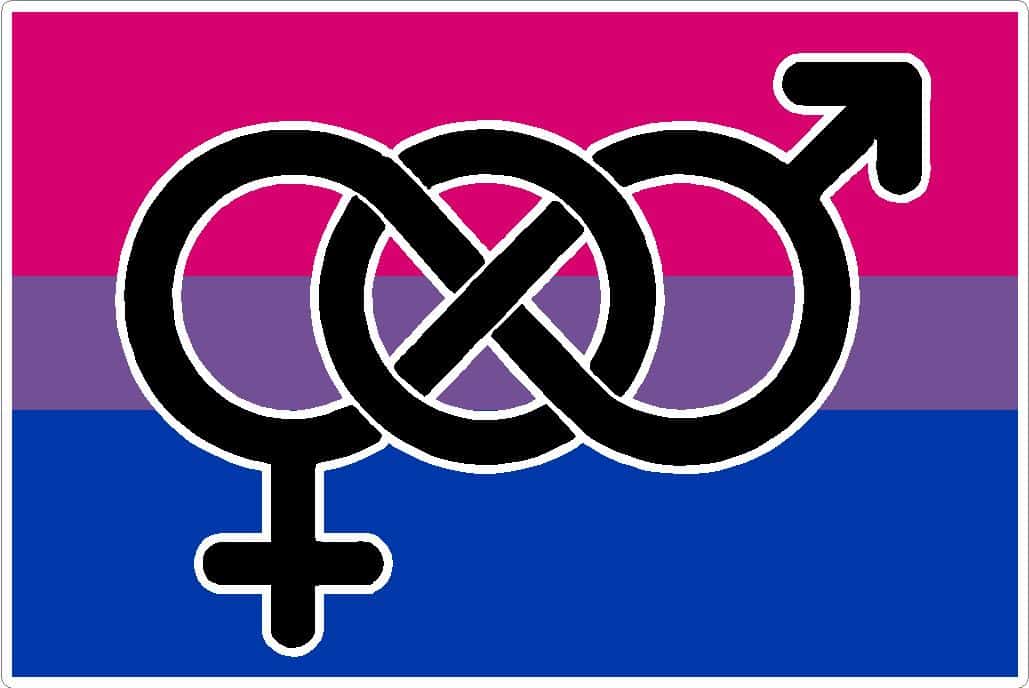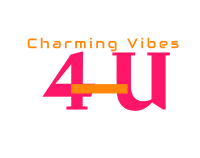Do you think bisexuals have the best of both worlds? Think again. They often experience stigma, exclusion, and discrimination, and as a result, many remain closeted. That’s why we have decided to share more information about them in this article.

©campuspride.org
What is bisexuality?
Bisexuality is the apparent attraction to more than one gender. Individuals who identify as bisexual experience sexual and romantic attraction to people of different genders, including their own.
While this provides a general definition, it’s essential to understand that each person’s interpretation of their sexual orientation is unique. Some may feel an equal attraction to both men and women, while others may have a stronger attraction to one gender. This diversity of experiences makes the bisexual community so rich and varied.
It is a fact that a bisexual person may be in a long-term same-sex or opposite-sex relationship, or they may confidently alternate between the two.
Note: If you want to read more articles like this, please visit our Gaytopia site.
What Is the Difference Between Pansexual and Bisexual?
Bisexuality involves attraction to multiple genders, while pansexuality encompasses attraction to all genders, including cisgender, transgender, agender, non-binary, and other gender-non-conforming individuals. While the terms are often used interchangeably, some prefer “pansexual” for its non-gender-limited connotation. Both terms reflect individual preferences, and some individuals may identify as bi and pan, exclusively as one or the other.
How many people are bisexual?
According to research by the Williams Institute and the HRC Foundation, about 50 percent of individuals who identify as gay, lesbian, or bisexual identify as bisexual. This makes the bisexual population the largest single group within the LGBTQ+ community, a fact that is often overlooked or misunderstood.
Sex drive
Van Wyk and Geist’s summary of studies comparing bisexuals to heterosexuals and homosexuals found that bisexuals have higher rates of sexual activity and fantasy. Research suggests that women with a high sex drive are more attracted to both men and women. In contrast, for men, a high sex drive is associated with increased attraction to one sex or the other, depending on sexual orientation.
What is biphobia?
Biphobia is prejudice, fear, or hatred directed toward bisexual people, both within and outside of the LGBTQ+ community. It refers to the belief that monosexuality is superior and can impact the mental, physical, and sexual health of bisexual individuals. Biphobia includes denial of bisexuality as a genuine sexual orientation and negative stereotypes about bisexual people. The hatred of bisexual women and femmes, at the intersection of biphobia and misogyny, is referred to as misogyny or sexism.
What is bisexual erasure?
Bisexual erasure, also called bisexual invisibility, occurs when people question or deny the existence of bisexuality. Recent research shows that while attitudes toward gay and lesbian individuals have improved, attitudes toward bisexual individuals have not. This erasure can involve treating bisexuality as non-existent, denying or ignoring it, or accusing individuals of promiscuity or experimentation. When a male and a female are in a relationship, others may assume they are both heterosexual, but this might not be the case. Similarly, if two males or two females are in a relationship, people around them may assume they are both gay. When they mention that they are bisexual, others may dismiss this identity, citing their current relationship as proof. This denial of bisexual identity can lead to discrimination in healthcare and other fields.
Helping Your Loved Ones Understand Bisexuality
Coming out as bisexual can be challenging due to misconceptions. You can choose when to disclose your sexual orientation. It can be helpful to share online resources about bisexuality with friends and family to answer their questions and dispel misconceptions.
To support bisexual individuals, you can:
– Call someone bisexual instead of using terms like “straight,” “lesbian,” or “gay.”
– Recognize that a person is still bisexual regardless of the gender of their partner.
– Understand that being bisexual is not a phase, and individuals are not confused, indecisive, or lying.
– Reject the misconception that bisexuality leads to promiscuity or infidelity.
– Use the appropriate terms to refer to someone in the bisexual community, as some may identify as pansexual, omnisexual, or other terms.
Summary
Bisexuality and pansexuality have different meanings for different people. Bisexual individuals are attracted to more than one gender, while pansexuality is commonly used to describe individuals attracted to people of all genders. Monosexism is discrimination against individuals attracted to two or more genders. It can impact mental, physical, and sexual health, as well as access to healthcare. That’s why it is crucial to understand the consequences of stereotypes. Furthermore, with a better understanding, we will contribute to a better world where everyone feels unique and desired.
Take a look at
References and sources:
Photo credits:
Feature photo credits: ©campuspride.org



